Tables-Figures Menu Comments
General
Purpose - Data displays are important to organize the material and relay the information to the reader, are mathematically efficient, and can lighten up an overwhelming amount of text heavy information in a manuscript by providing visual stimulation.
Efficiency - To efficiently prepare a data display, make sure the design is organized, fulfills a primary purpose, and is flexible for use with different kinds of data (Chapter 8, 8.2, p. 85-87).
Overuse - Don’t overuse graphs and tables within your paper because it will disrupt the flow and layout of the paper.
Numbering - Arabic numerals should be used to number tables and figures in the order that they appear. Any reproduced data tables, figures, or displays must first have written permission from the copyright holder and then must cite proper credit within the table caption (Chapter 26, 26.2.2, p. 363) and (Chapter 26, 26.3.2, p. 369).
Tables-Figures Permission - Any reproduced data tables, figures, or displays must first have written permission from the copyright holder and then must cite proper credit within the table caption (Chapter 26, 26.1.3, p. 360-361).
Figures
Figure Use - A figure within the text of a paper should provide necessary information and add to, without repeating, what is already stated in the text.
Figure Design - A figure should contain a caption (or legend) placed flush left beneath the figure. Utilize clear labels to describe figure information directly on the figure (Chapter 8, 8.3.1, p. 87) and (Chapter 8, 8.3.2, p. 89-90).
Figures Stand Alone - Although discussed and referenced in the text, a figure should be able to stand alone without having read the text. Figures that are related and express similar priority in the text should be consistent in the amount of space that is used for each of them.
Figure Consistency - Figures that are related and express similar priority in the text should be consistent in the amount of space that is used for each of them.
Tables
Tables-Text - Important highlights of tables should be mentioned in text and the reader should be directed to specific and important information. However, the table itself should not be a repeat of what the text has already explained. If two tables repeat the same data it is best to combine these tables into one. All tables should have the same format throughout the paper.
Combine - If two tables repeat the same data it is best to combine these tables into one.
Format - All tables should have the same format throughout the paper.
Table Design - The table should contain a limited amount of information and focus on only what is necessary and relevant to the primary purpose. A table should have a clear and intelligent design that is organized rationally (Chapter 8, 8.2, p. 85-86).
Table Titles - Table titles should be direct and concise with a balance between wordiness and vagueness.
Table Headings - Headings within the table provide clarity and establish how the format is structured.
Decimals - Be consistent with decimal values within the table.
Change
Too Complicated/Confusing - The way you are presenting this concept or data is too complicated or confusing for your readers. Consider separating your data/points into multiple tables or graphs and presenting in combination with text to increase clarity and readability.
Present as Text - By presenting this section as text, you may significantly increase its clarity or readability for your audience.
Present as Graph - By presenting this section as a graph, you may significantly increase its clarity or readability for your audience.
Present as Table - By presenting this section as a table, you may significantly increase its clarity or readability for your audience.

